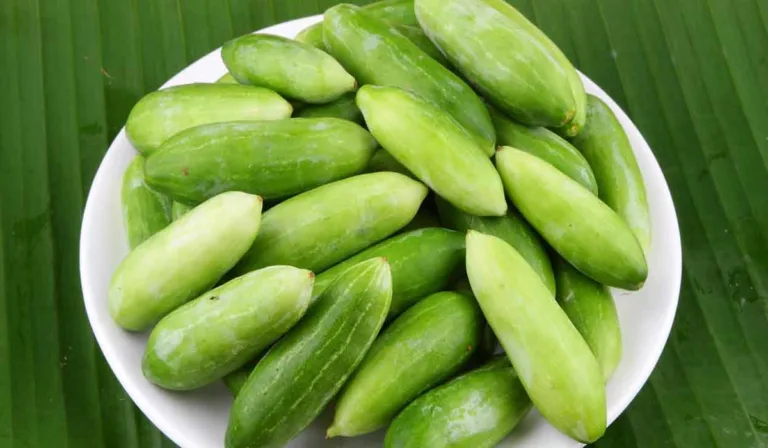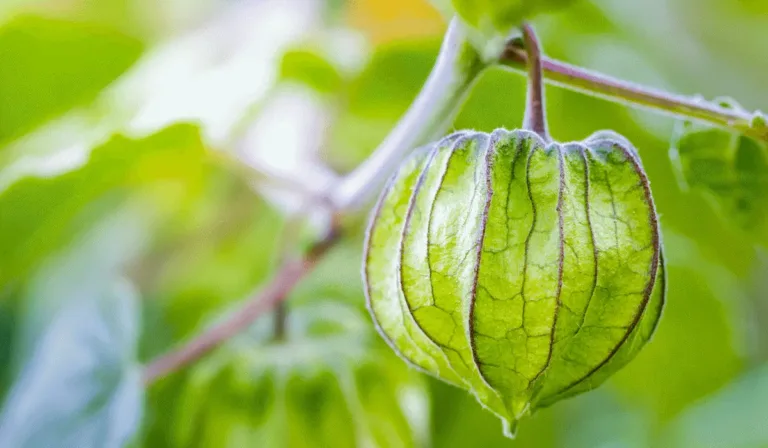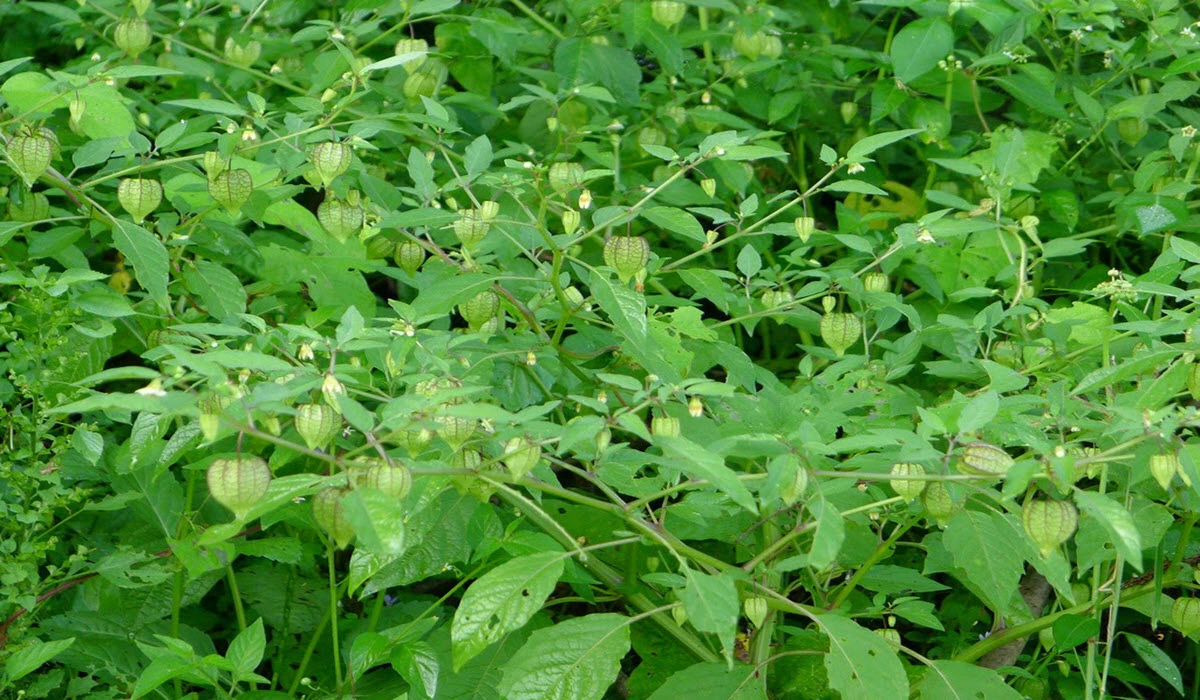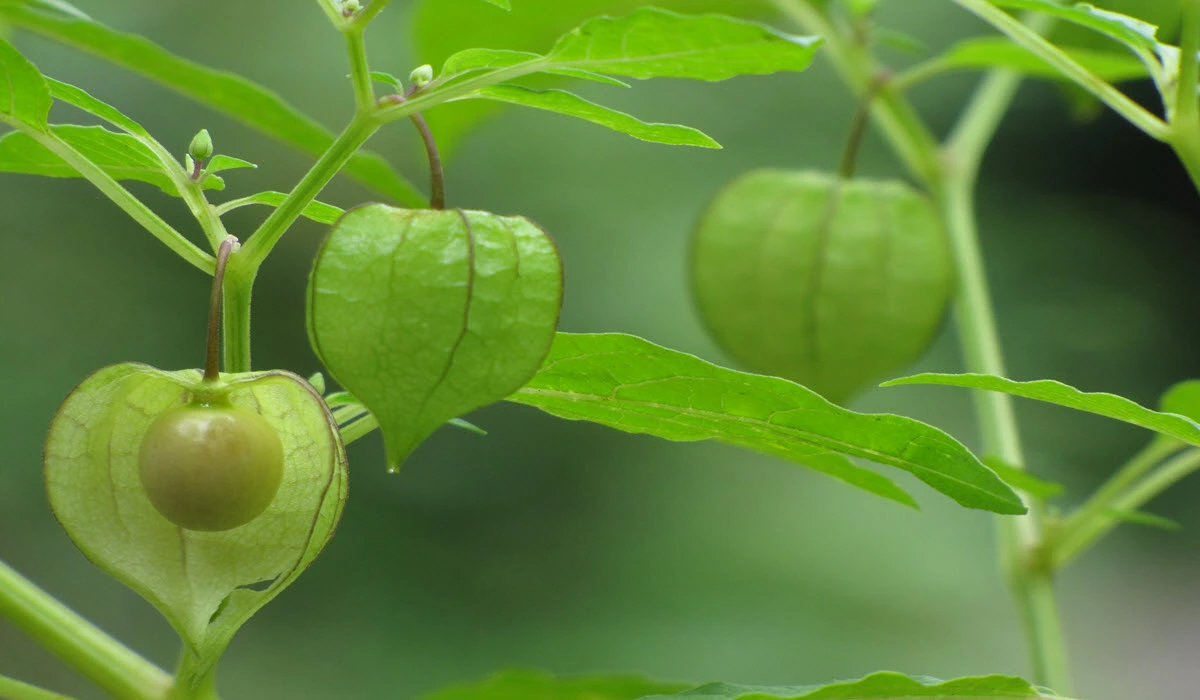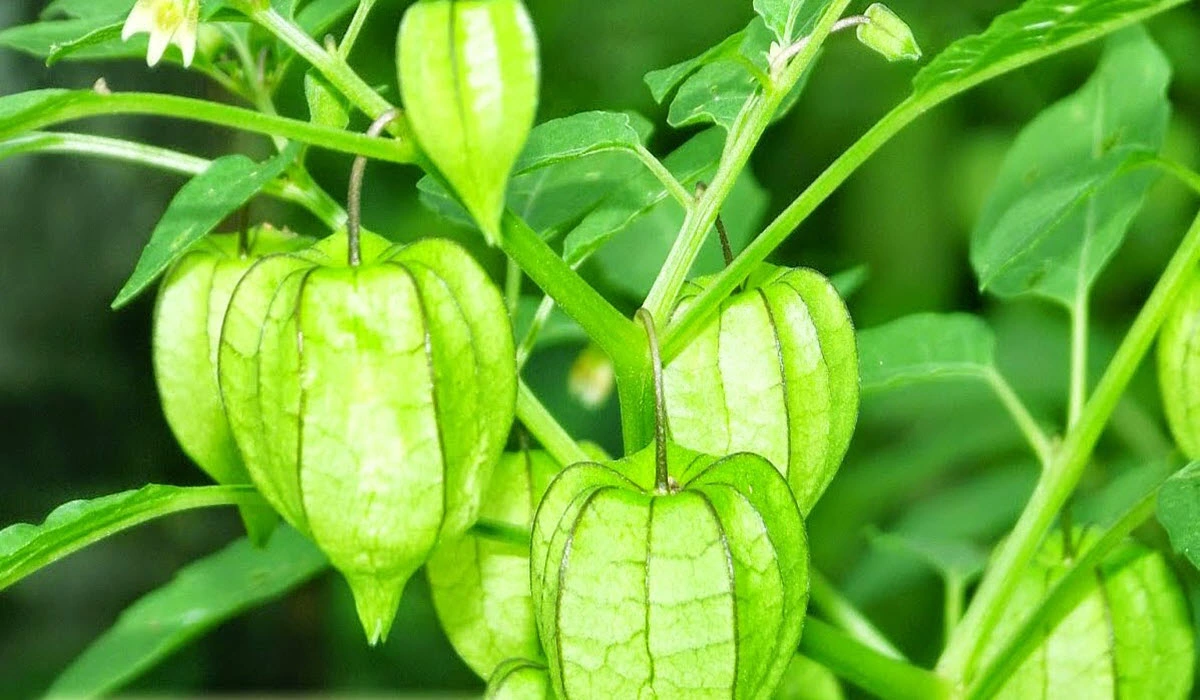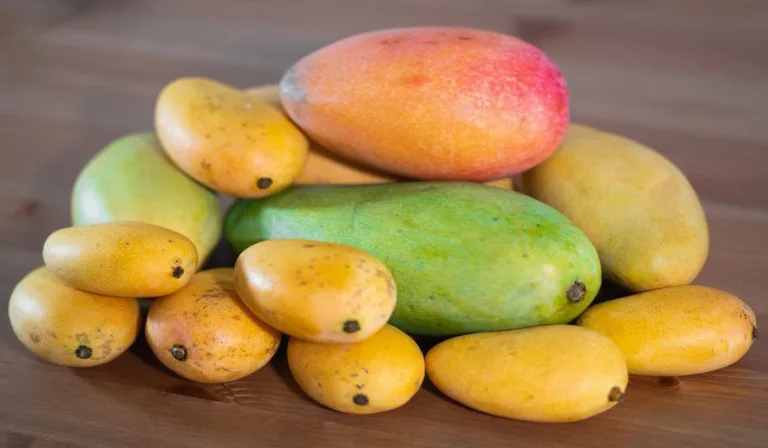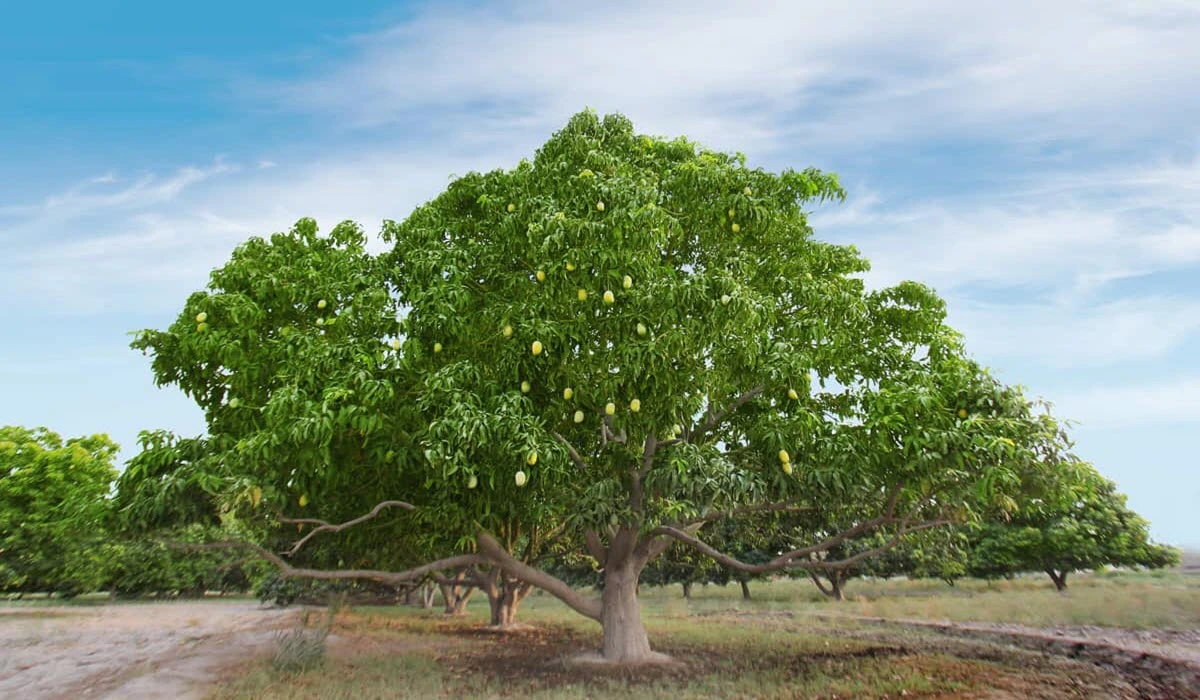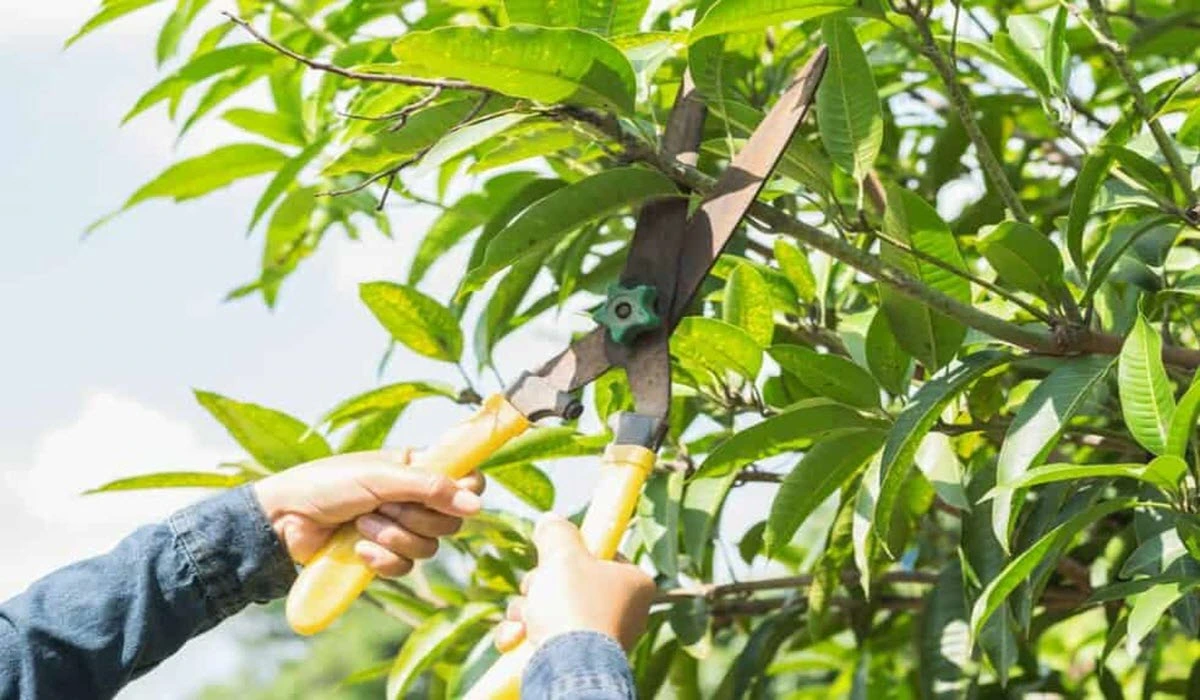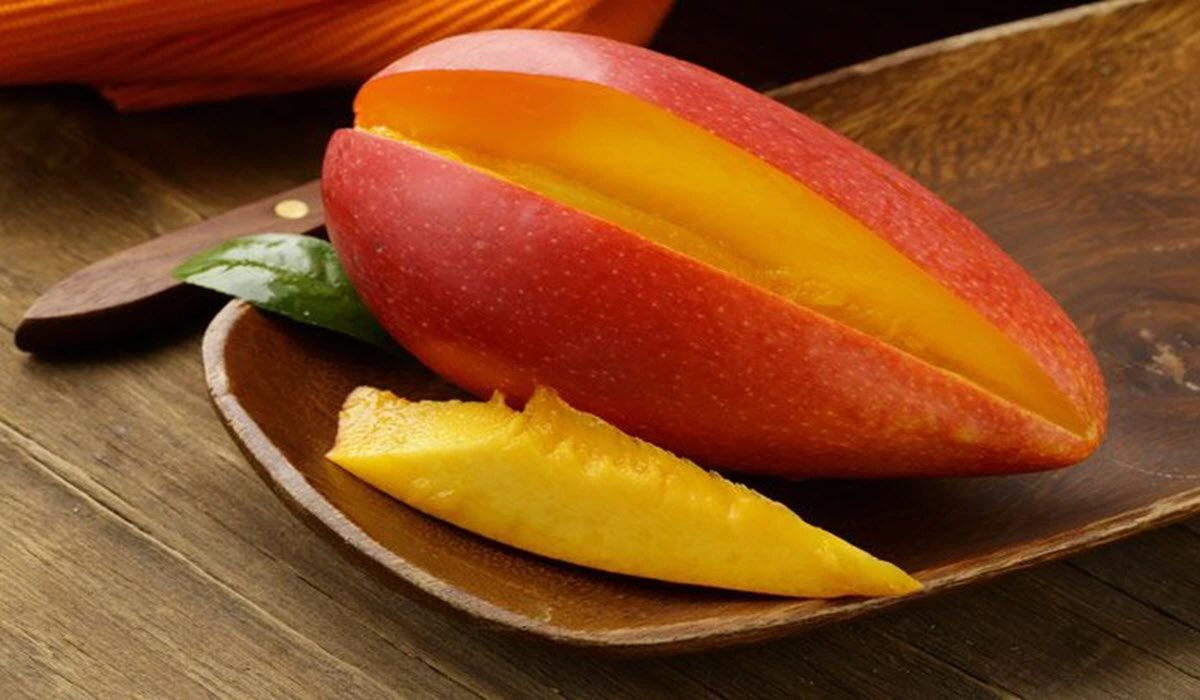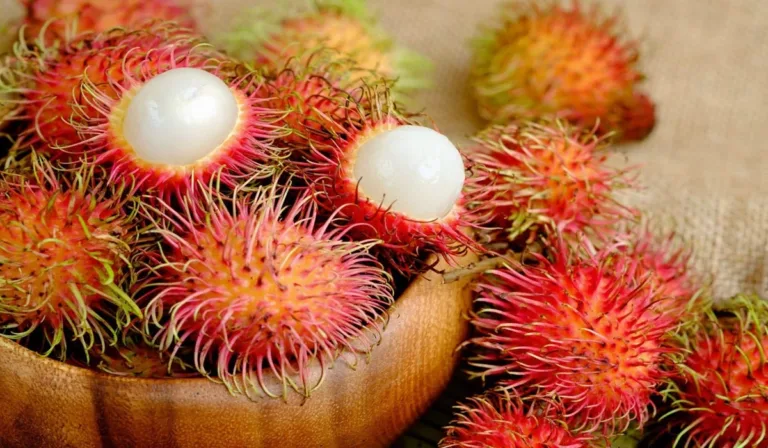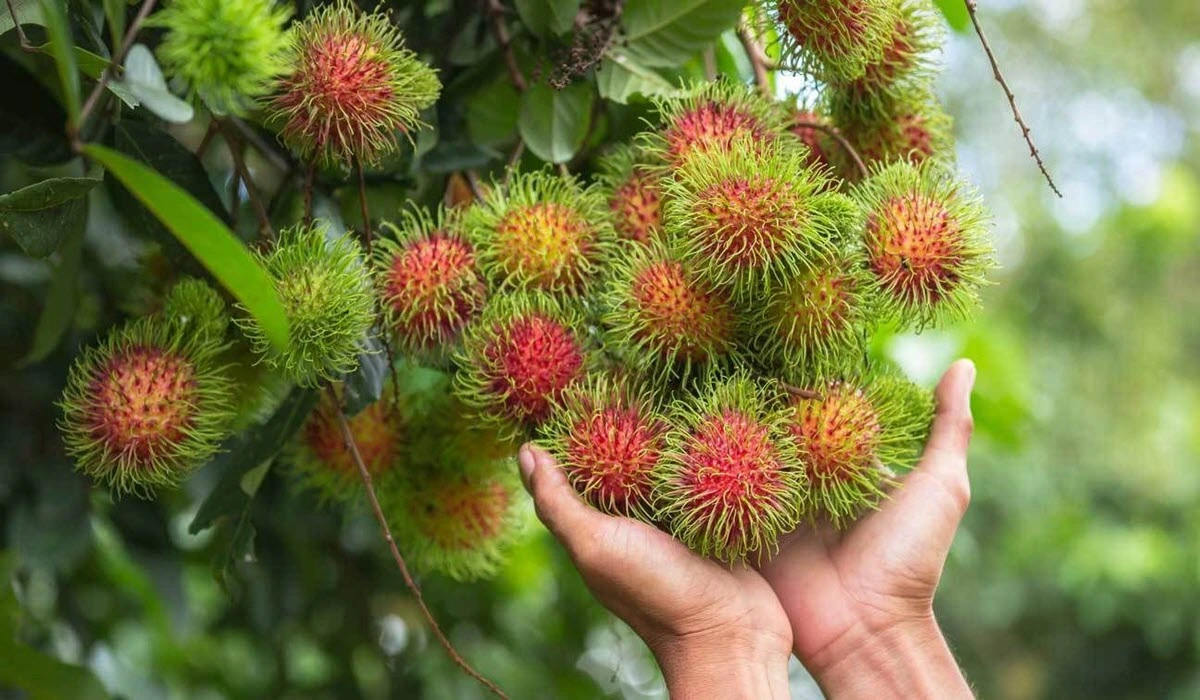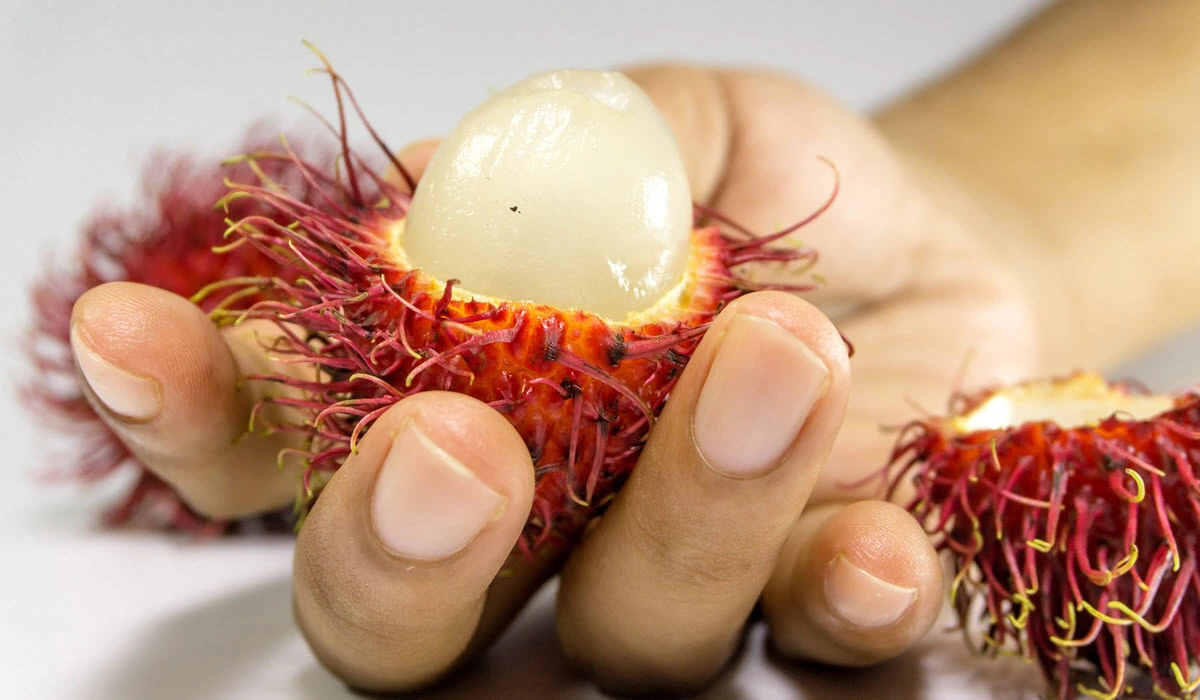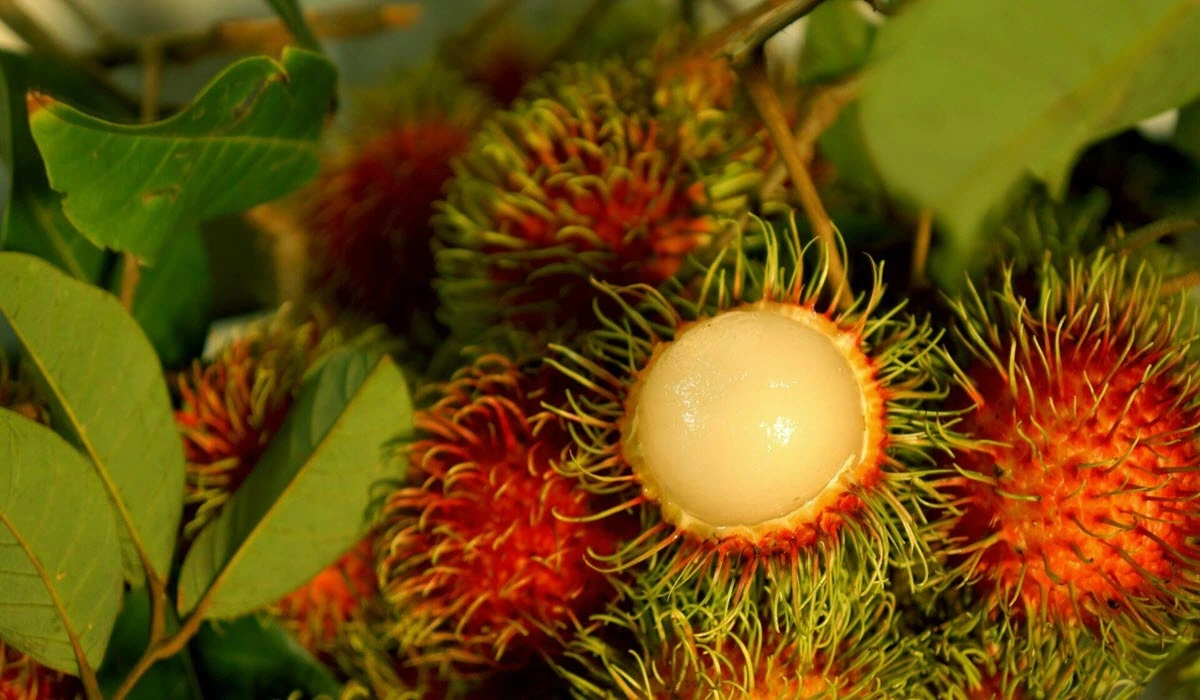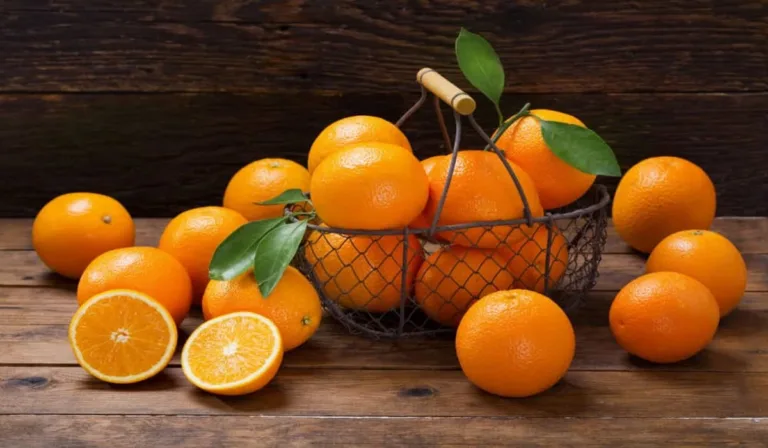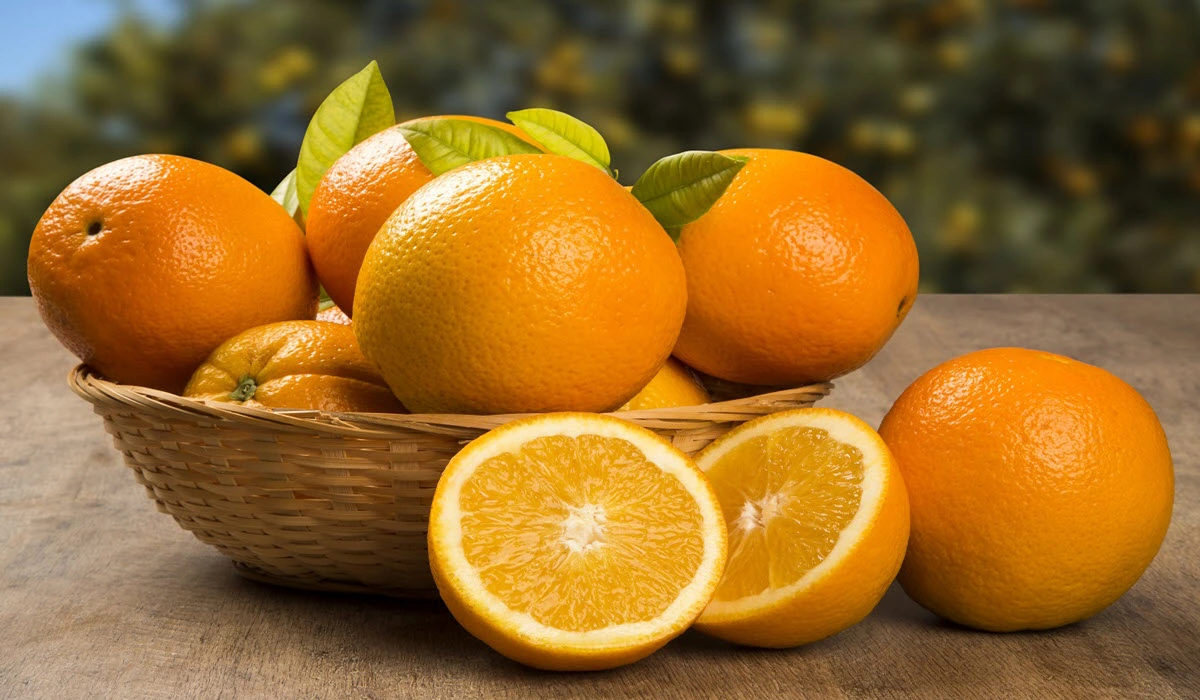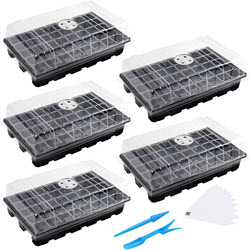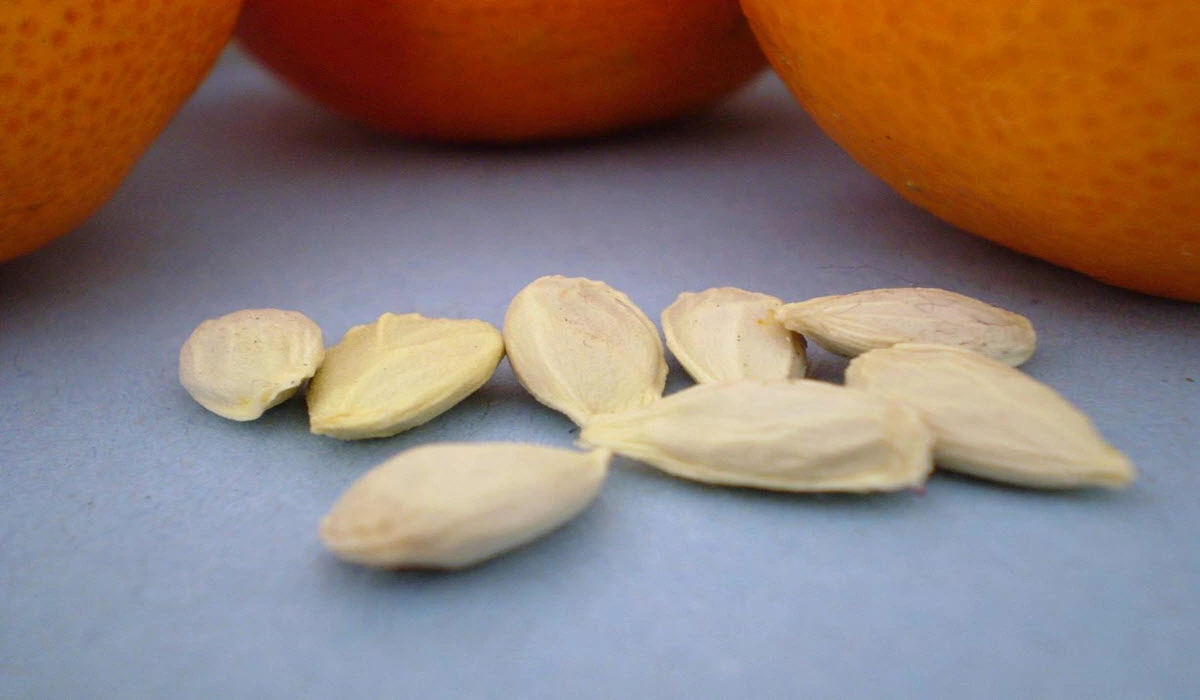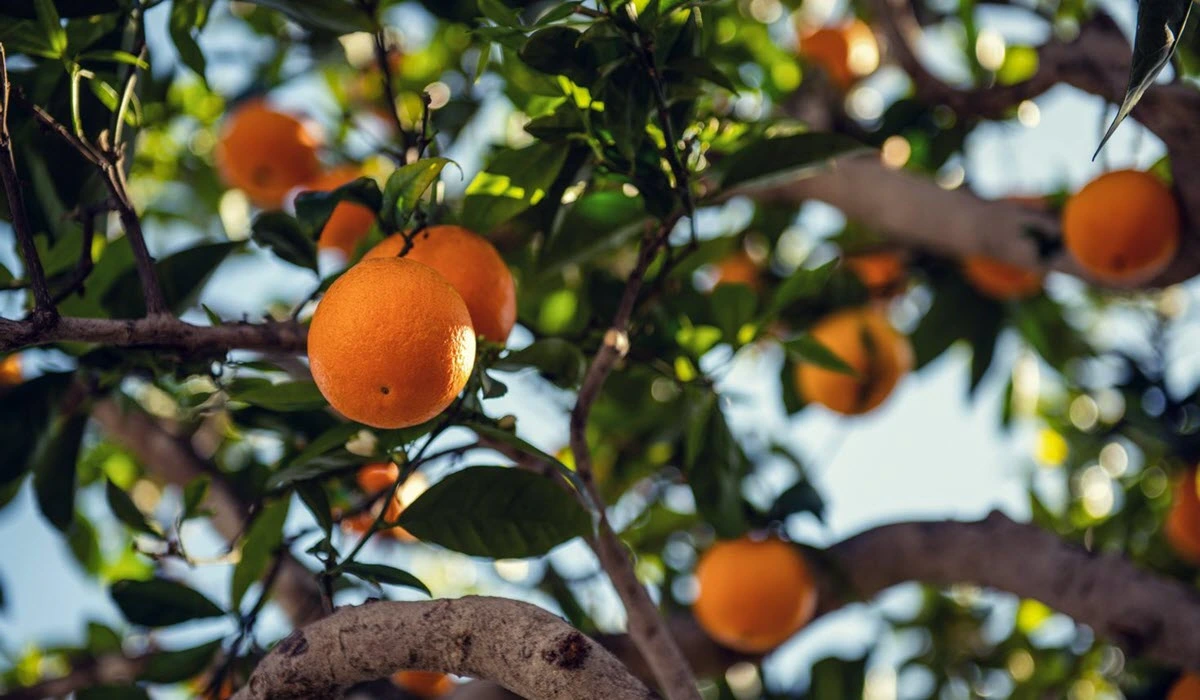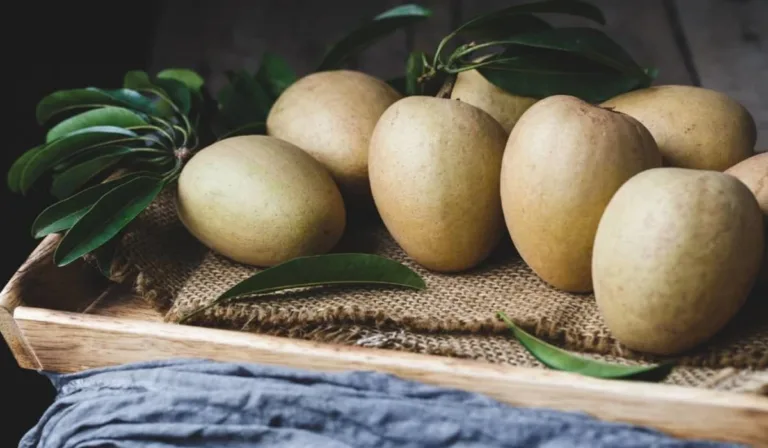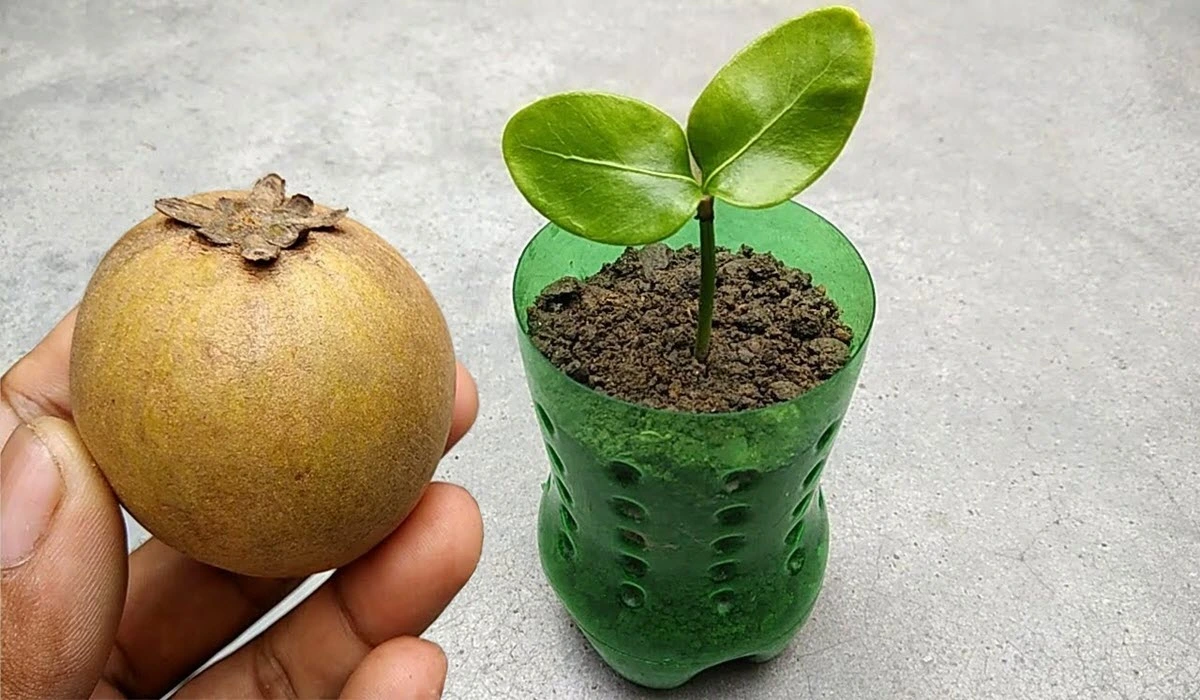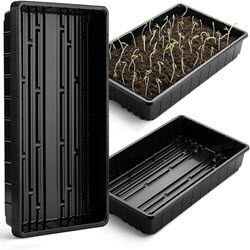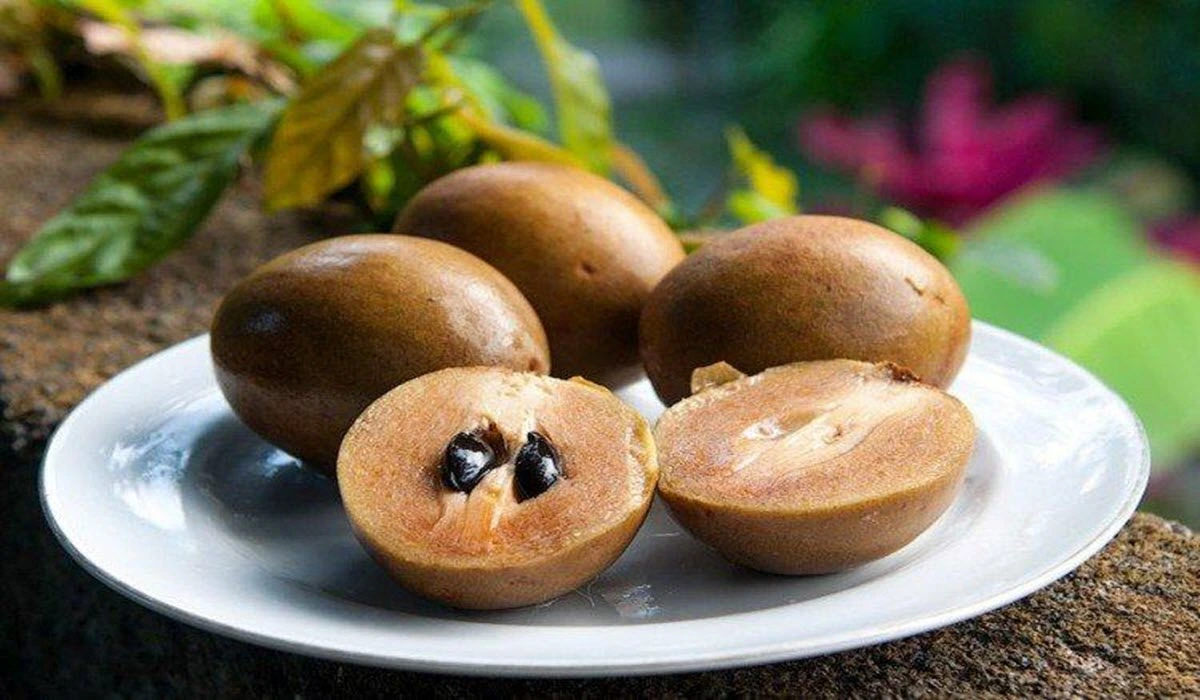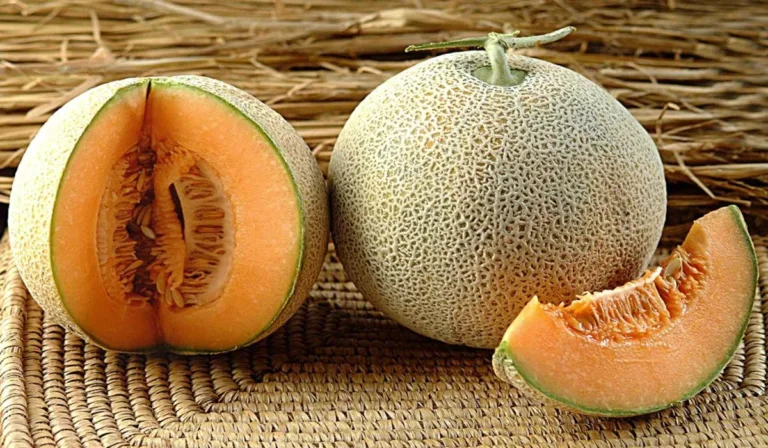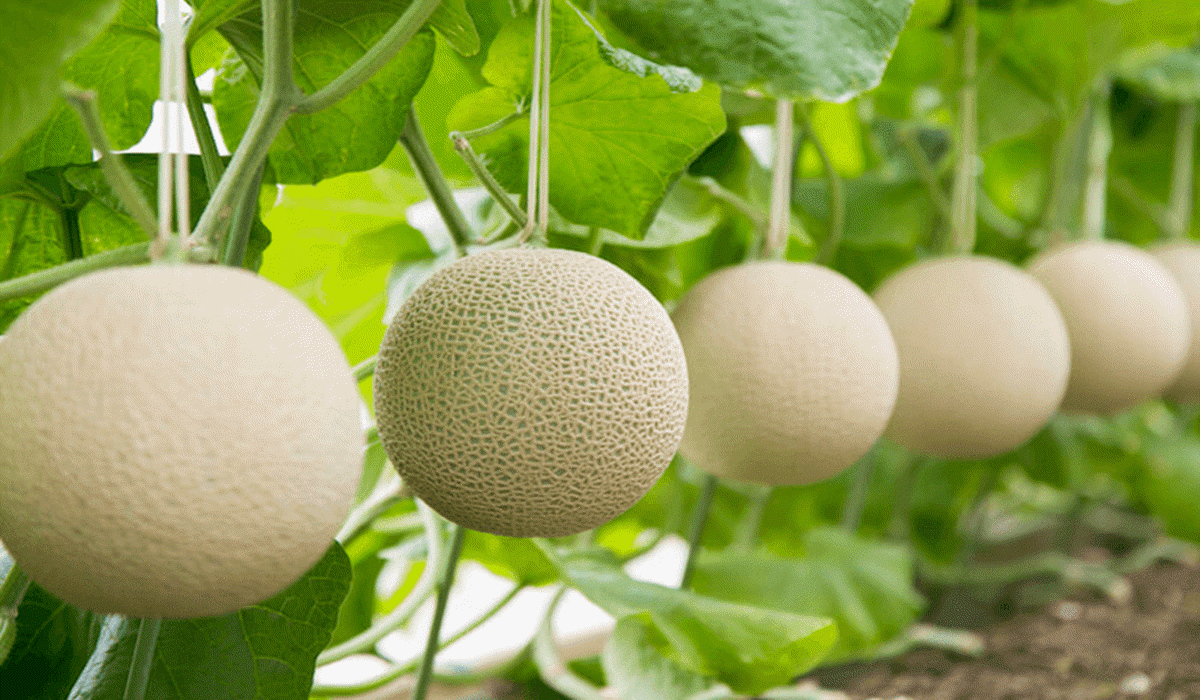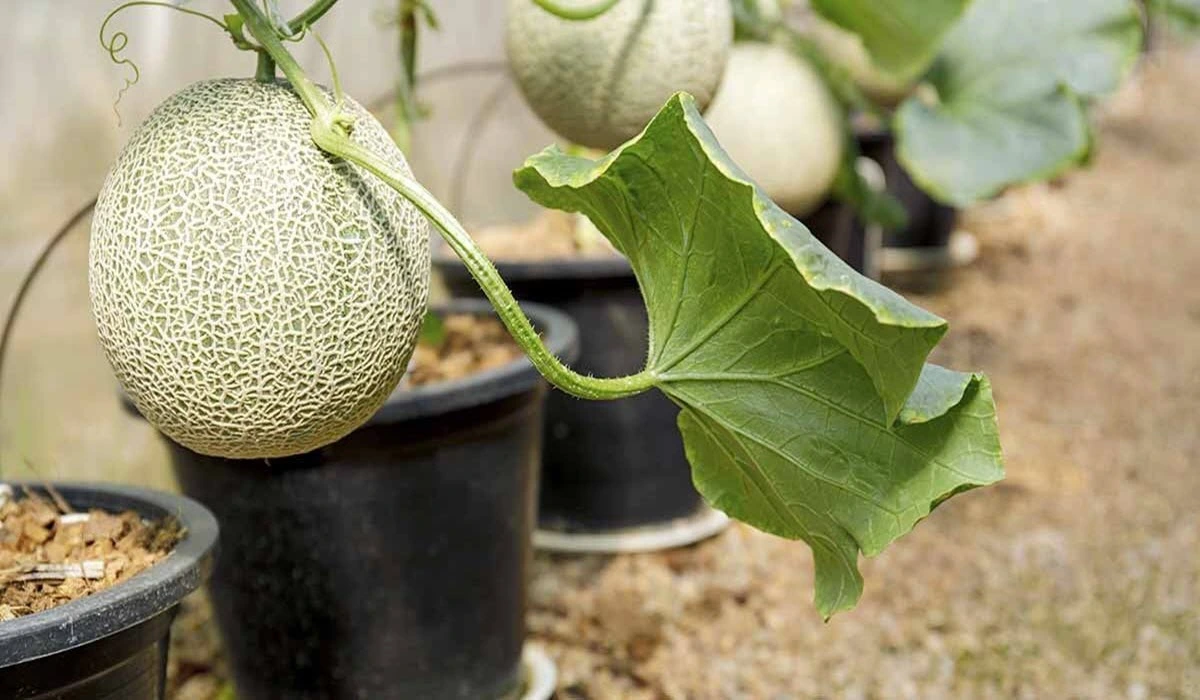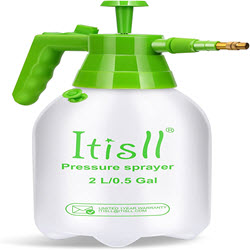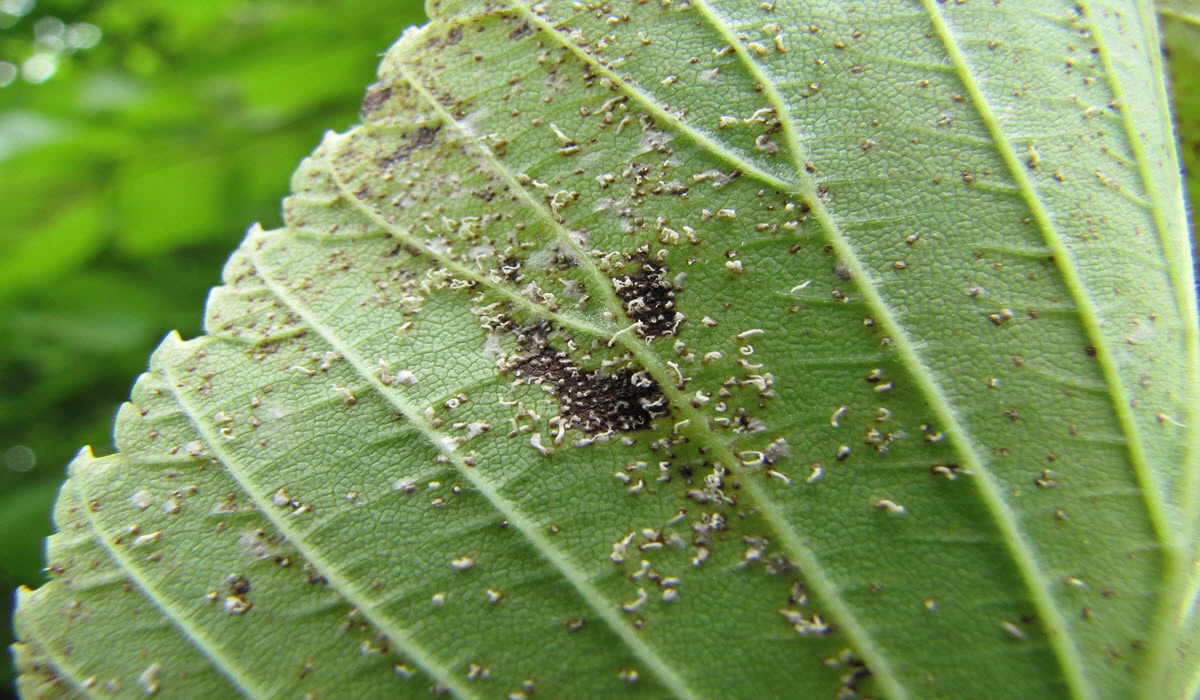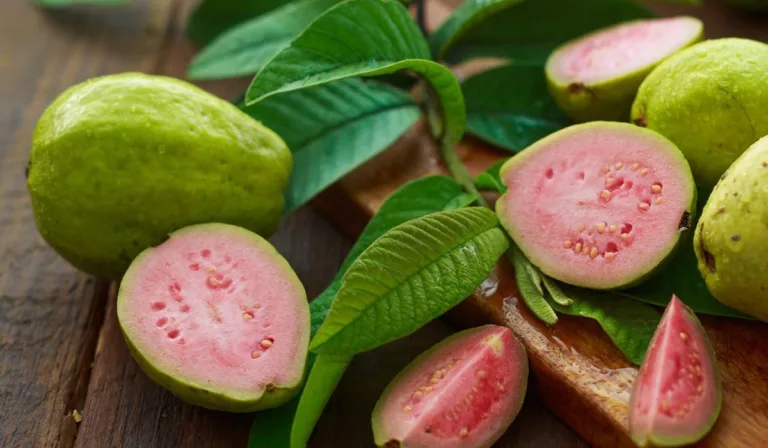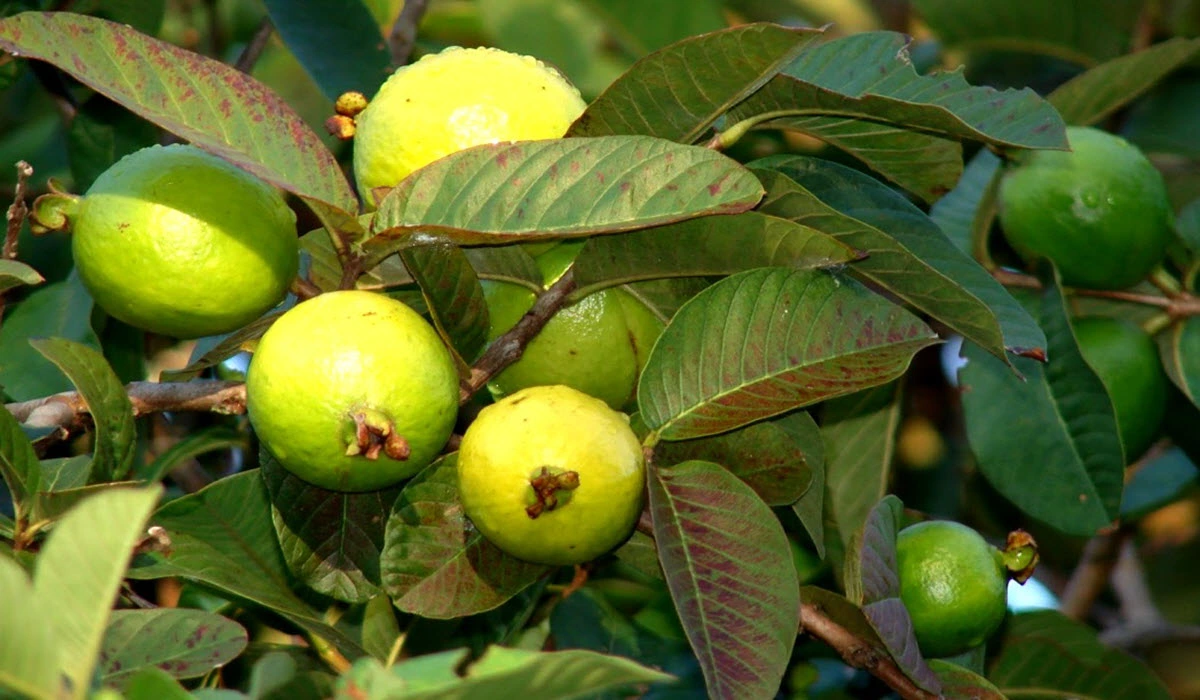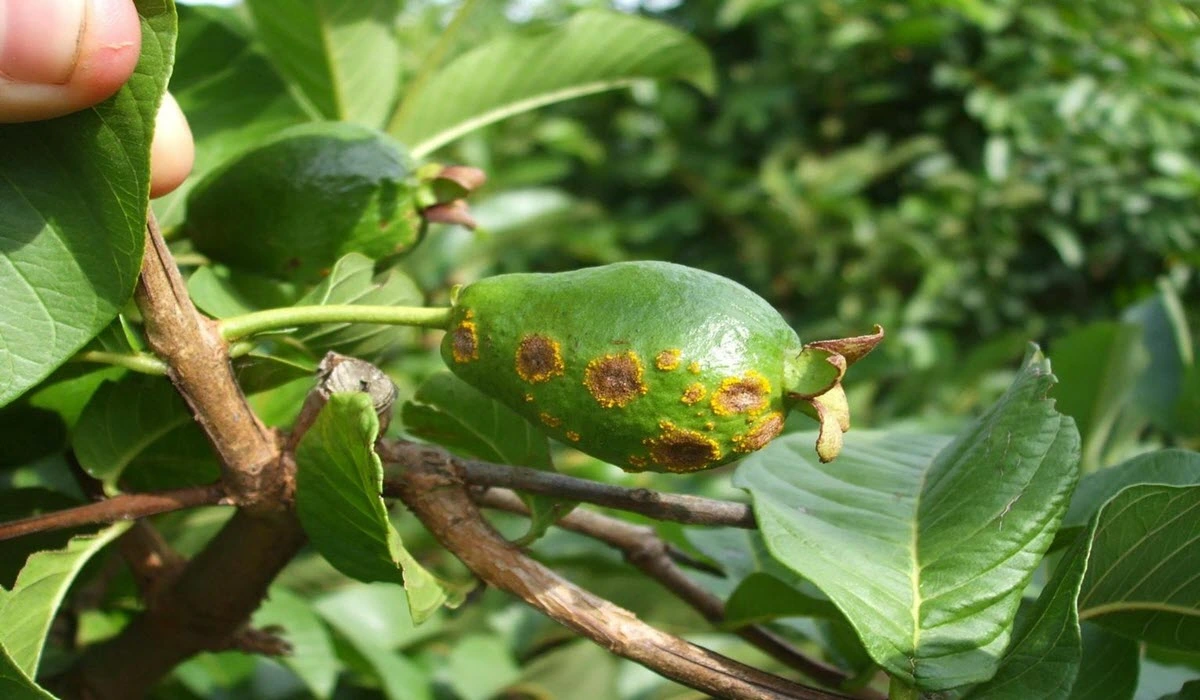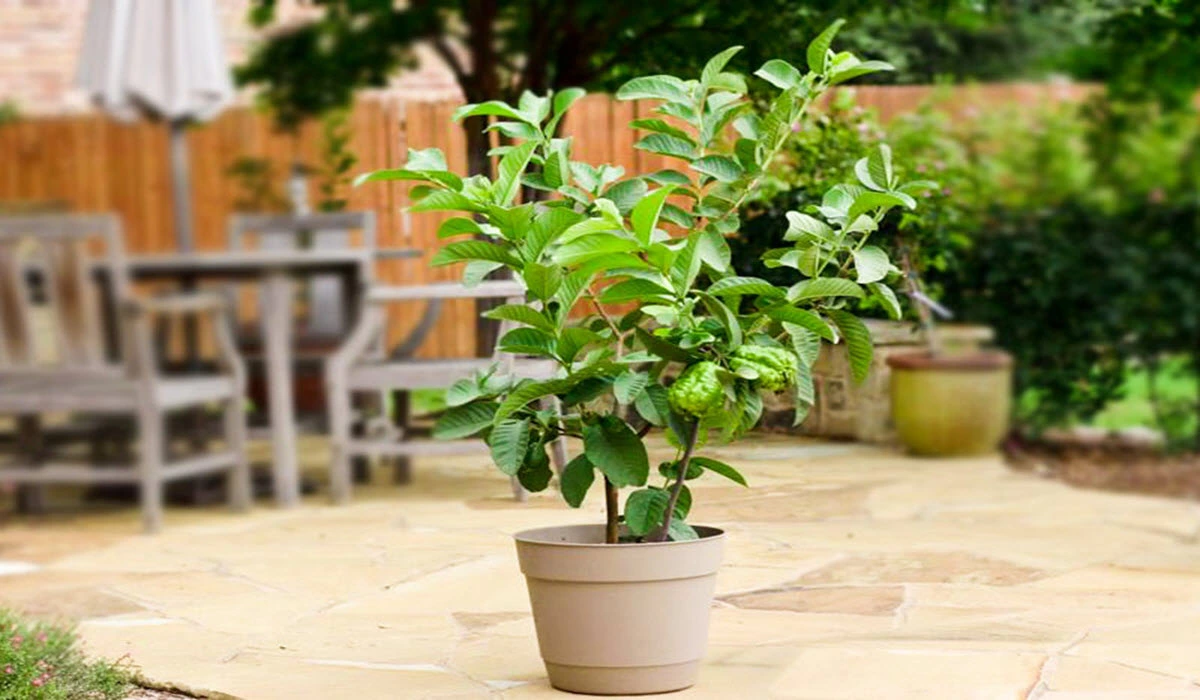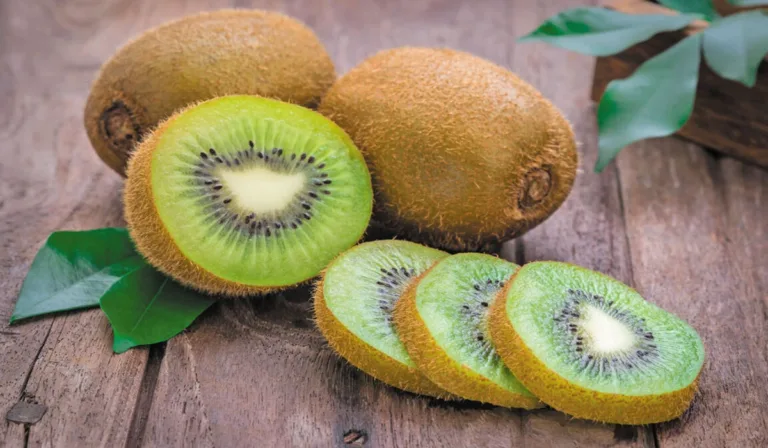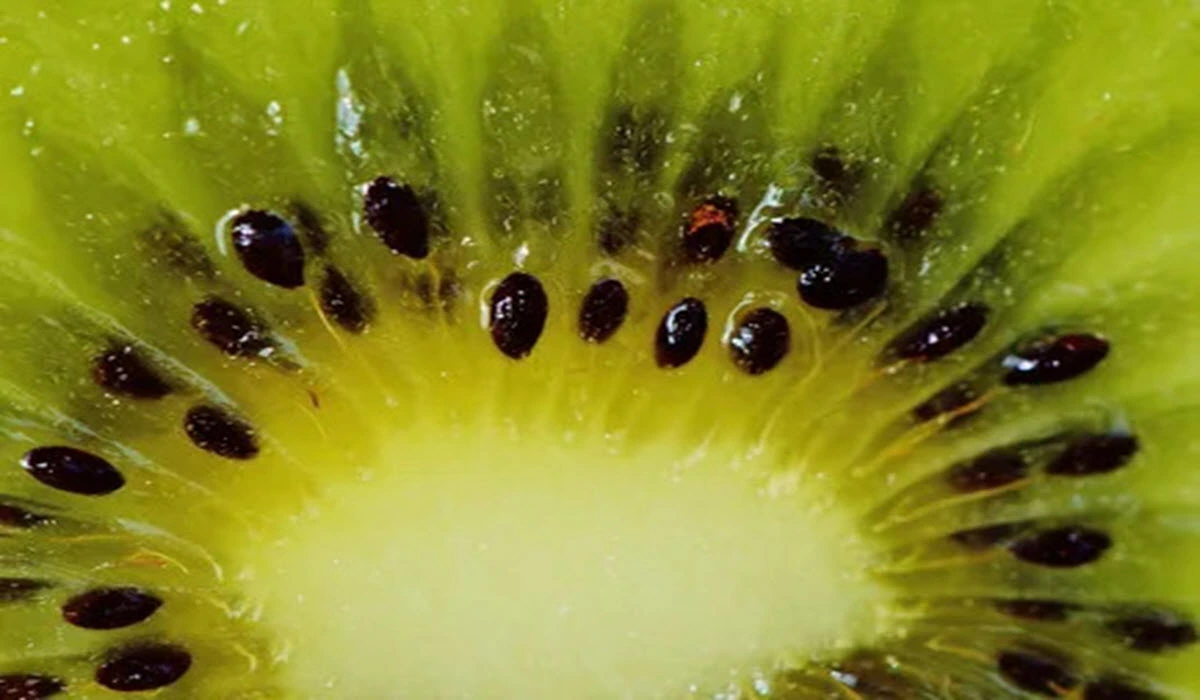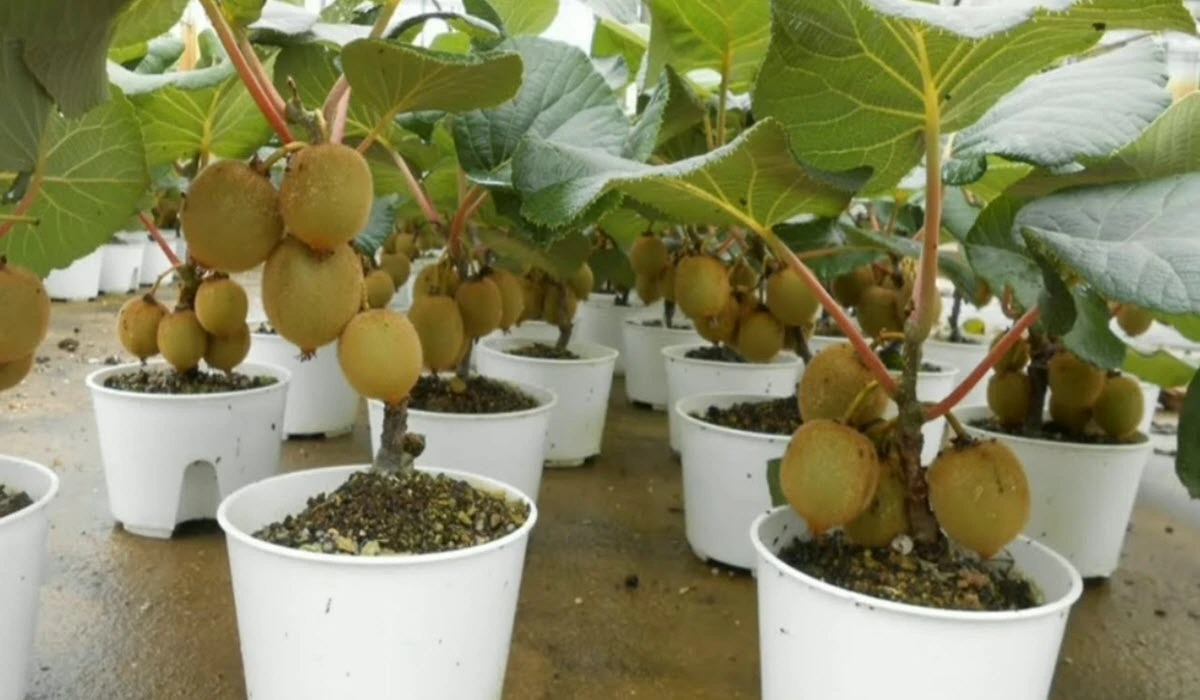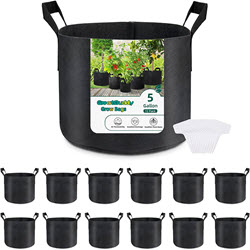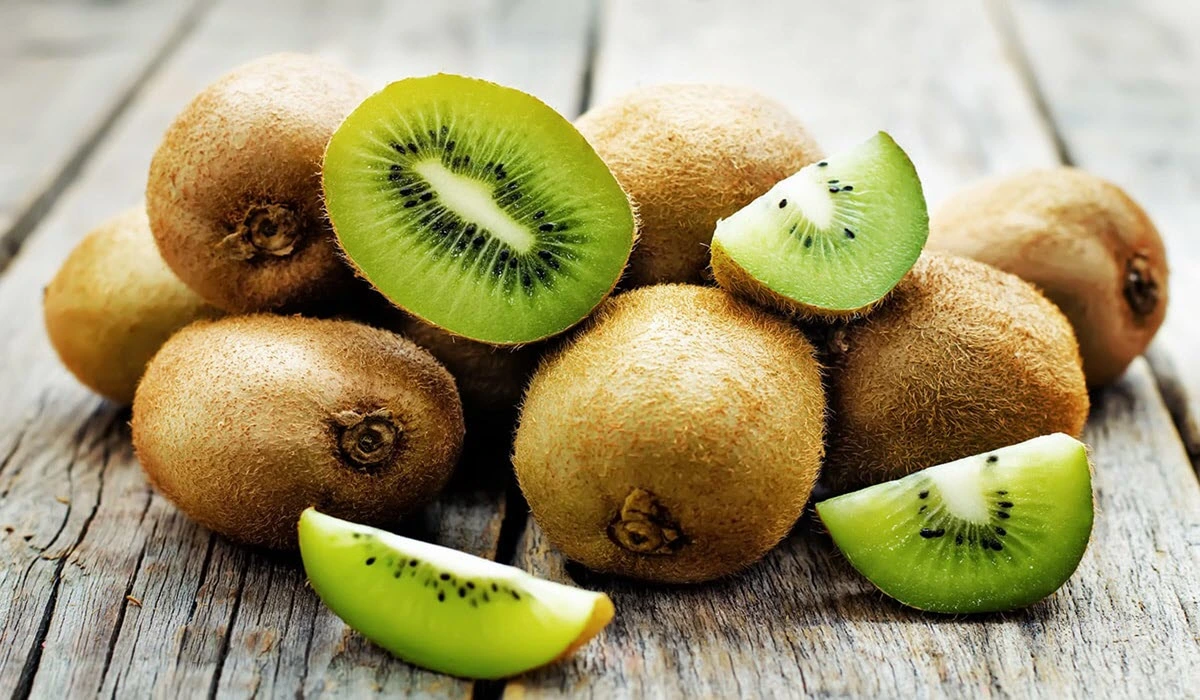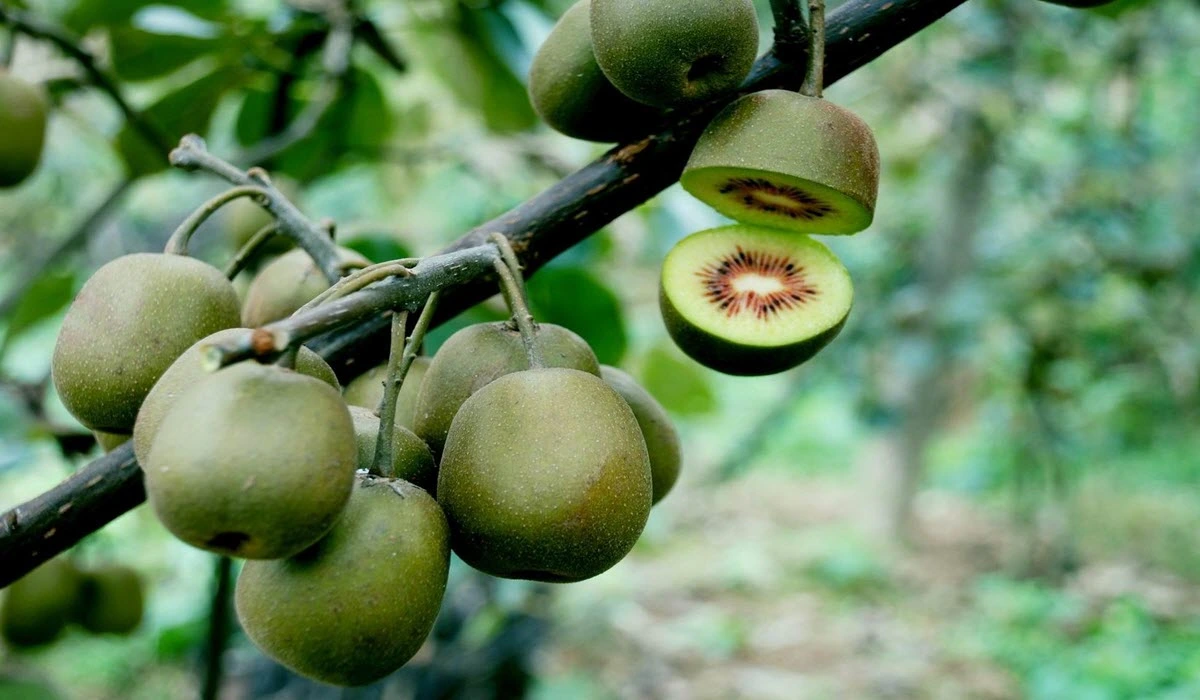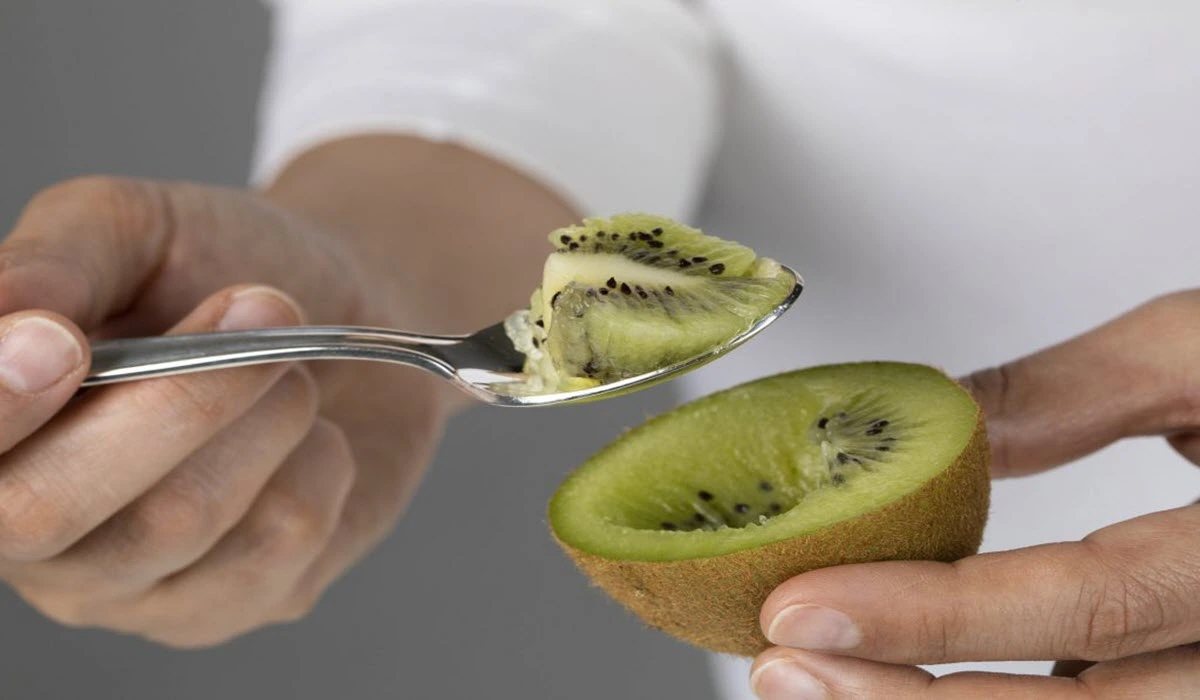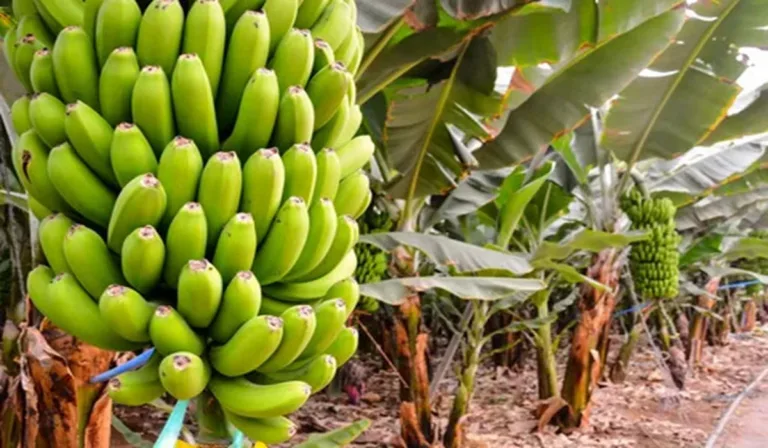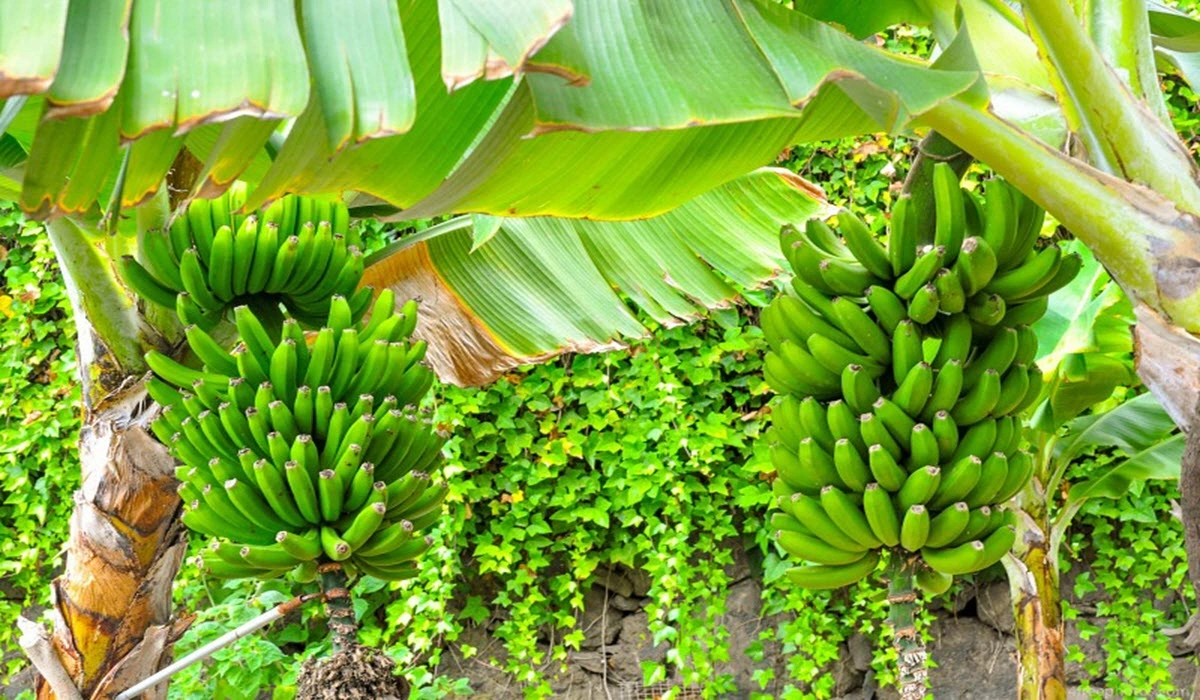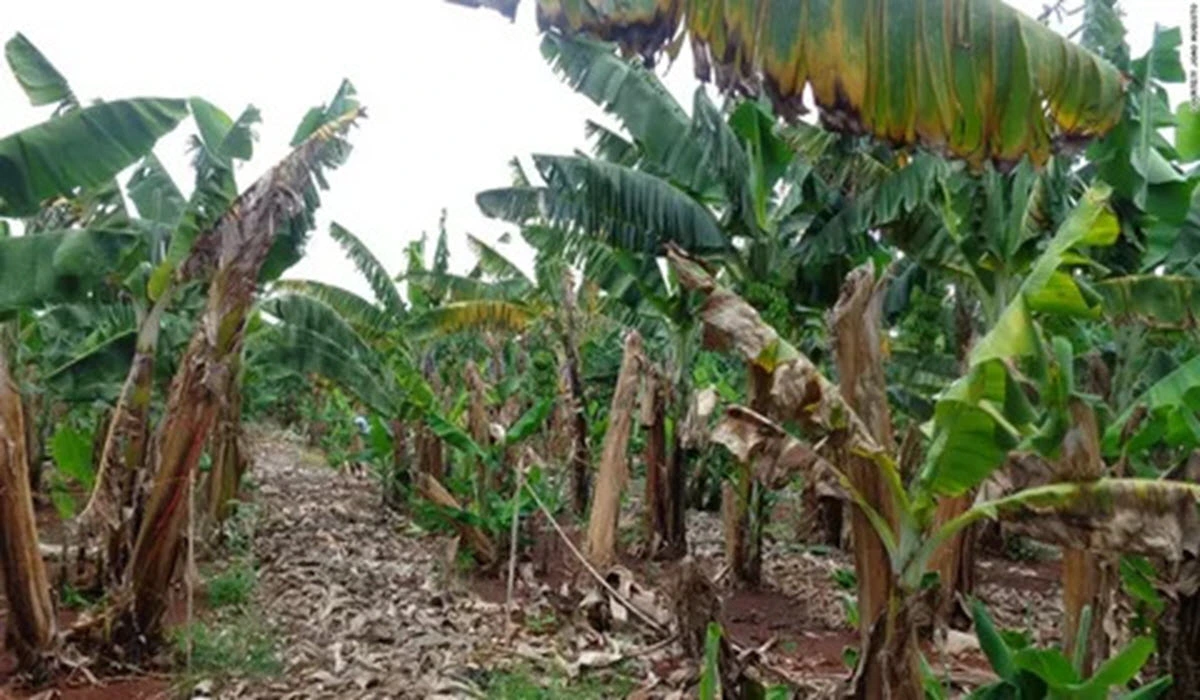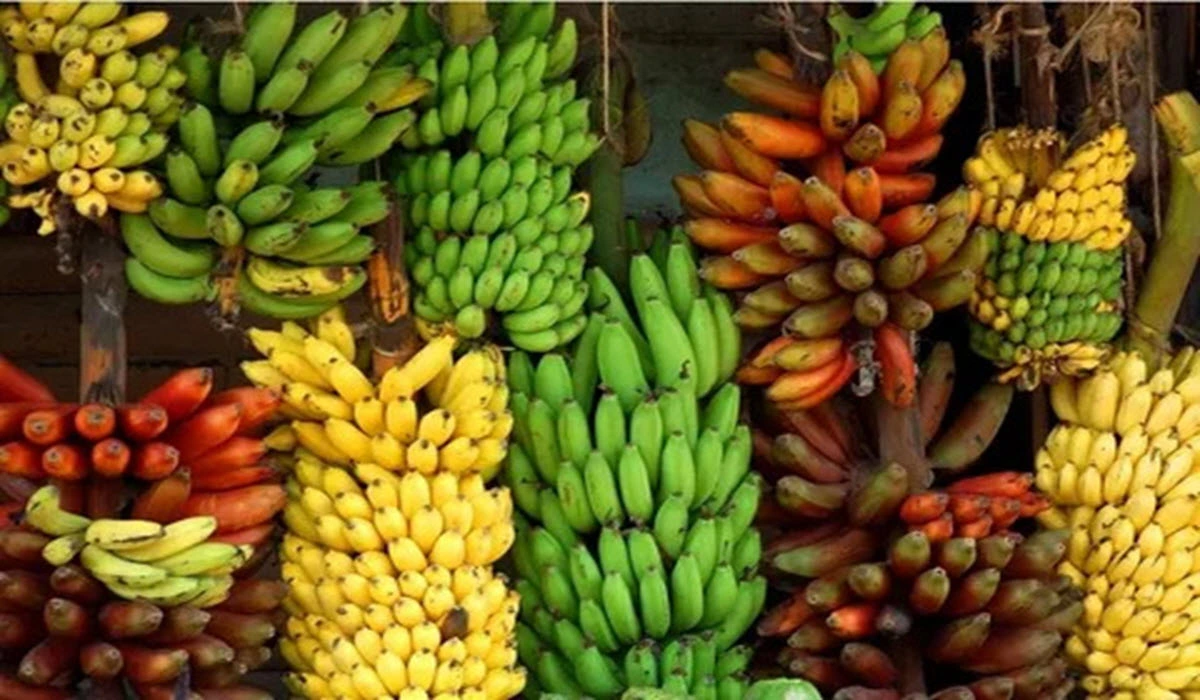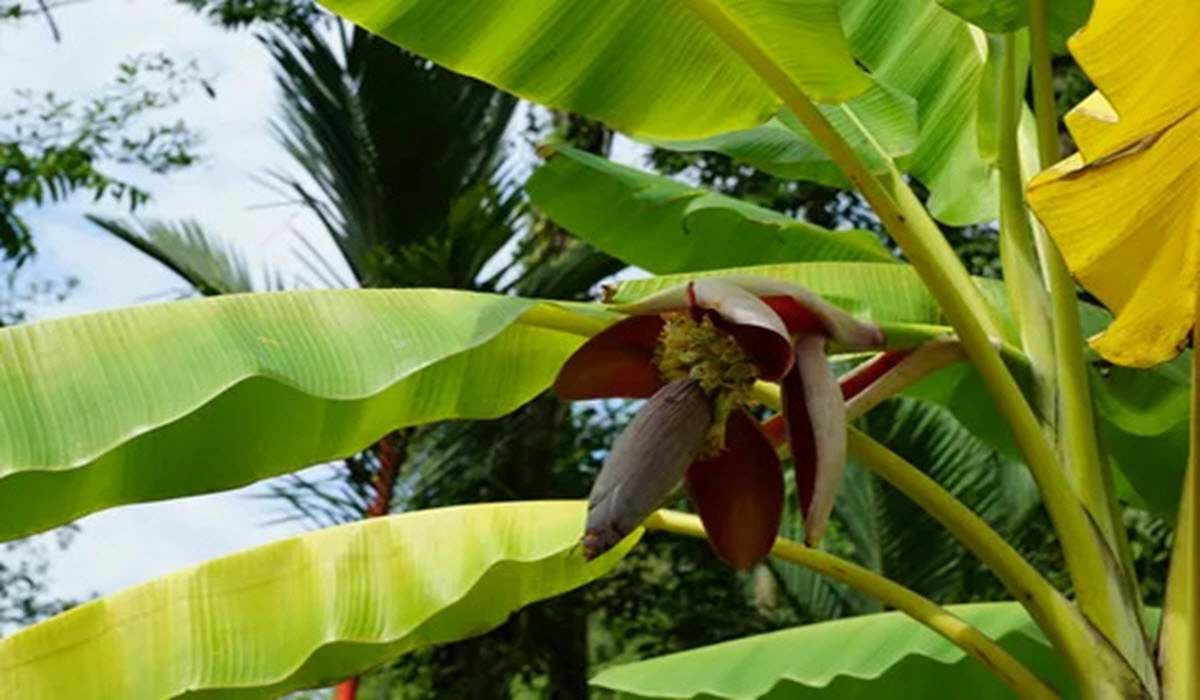Ivy gourd, also known as Coccinia grandis, is a fast-growing, perennial plant that is native to Asia and Africa. This vine plant is popular for its edible fruit, which is a rich source of vitamins and minerals. Growing ivy gourd is relatively easy, and in this article, we will explore how to grow ivy gourd from seeds, how to grow ivy gourd from cuttings and health benefits of ivy gourd.
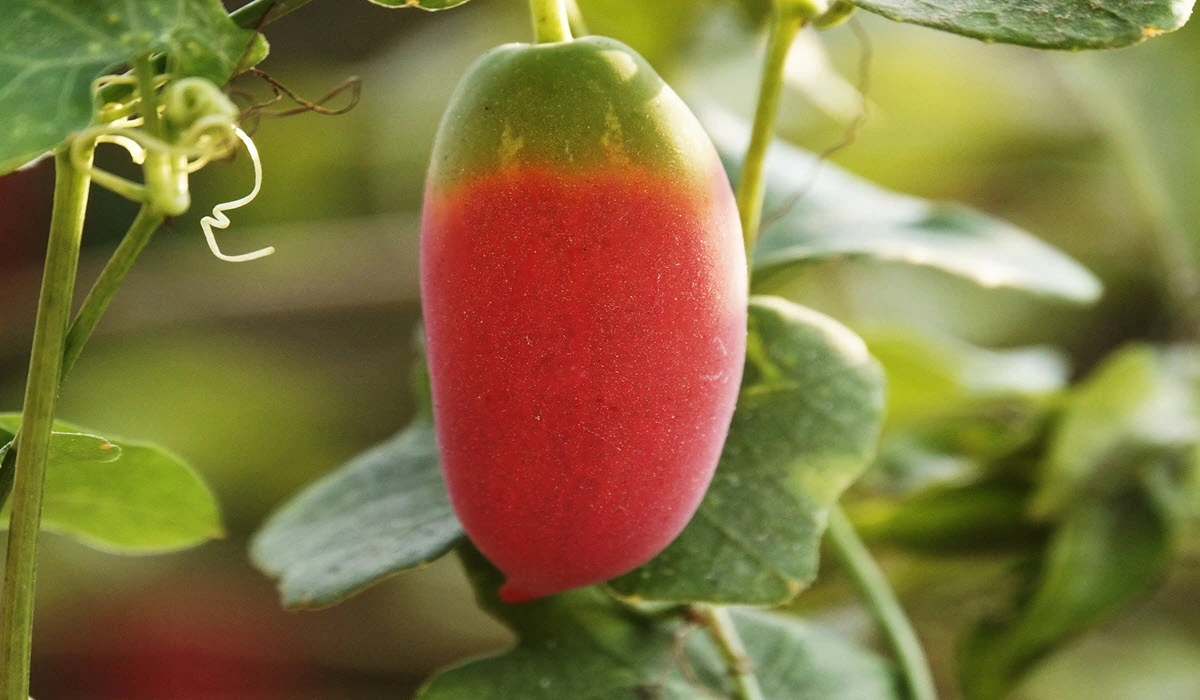
Here Are Some Steps to Follow When Growing Ivy Gourd:
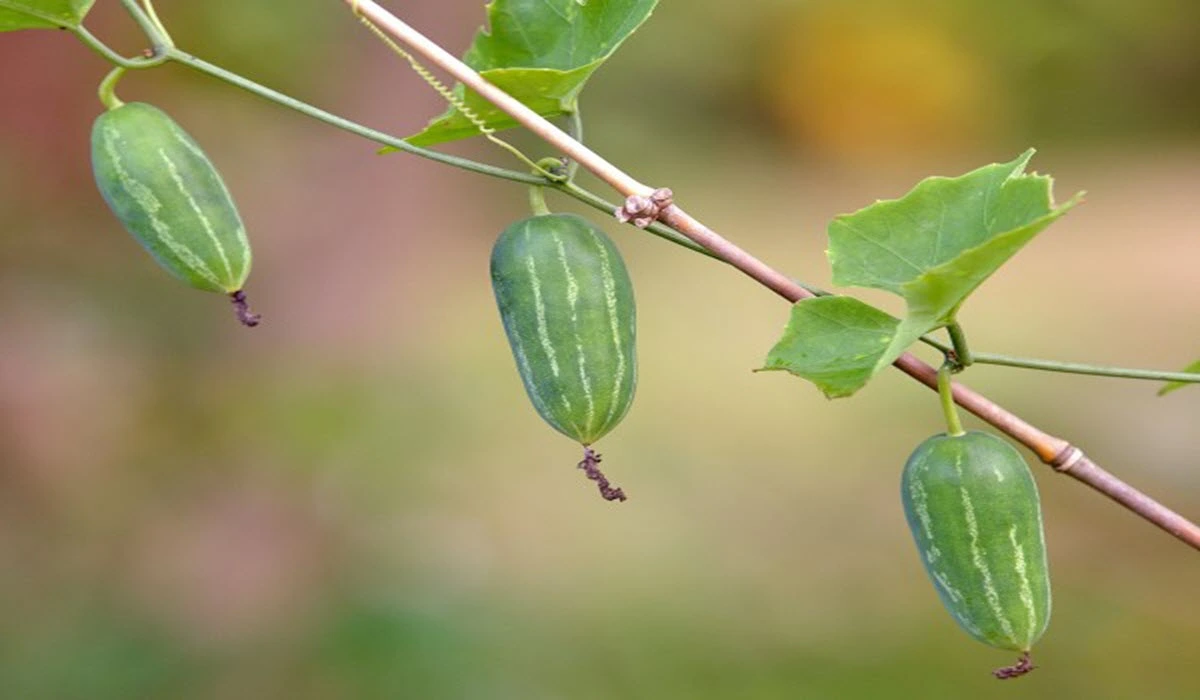
Choose The Right Location: Ivy gourd prefers a sunny location, with well-draining soil, it helps to healthy ivy gourd farming. Make sure the spot you choose receives at least 6-8 hours of direct sunlight every day. The soil should be rich in organic matter, with a pH level of 6.0 to 6.5.
Prepare The Soil: Before planting ivy gourd, prepare the soil by removing any weeds or debris. Mix in some compost or well-rotted manure to enrich the soil. You can also add some sand to improve drainage.
Plant The Seeds: You can either plant ivy gourd seeds directly in the ground or start them indoors in pots. If you start them indoors, sow the seeds in pots about 6-8 weeks before the last expected frost. When planting in the ground, sow the seeds about 1 inch deep, spacing them 12-18 inches apart.
Water Regularly: Ivy gourd needs regular watering, especially during the growing season. Water deeply, but make sure the soil is not waterlogged, as this can cause the roots to rot. Avoid getting water on the leaves, as this can promote fungal diseases.
Provide Support: Ivy gourd is a climbing vine that needs support to grow. You can provide a trellis or other support structure for the plant to climb on. Make sure the support is sturdy and can withstand the weight of the plant and fruit.
Fertilize: Ivy gourd benefits from regular fertilization. Use a balanced, all-purpose fertilizer every 4-6 weeks during the growing season. You can also use a slow-release fertilizer when planting in the ground.
Prune: To promote healthy growth and fruiting, prune ivy gourd regularly. Remove any dead or damaged branches, and trim back the plant to control its size. You can also pinch back the growing tips to encourage bushier growth.

|
5 pack Garden Pruning Shears Stainless Steel Blades5 pack Garden Pruning Shears Stainless Steel Blades, Handheld Scissors Set with Gardening Gloves,Heavy Duty Garden Bypass Pruning Shears,Tree Trimmers Secateurs, Hand Pruner |
Harvest: Ivy gourd fruit is ready to harvest when it is about 2-3 inches long and firm to the touch. Pick the fruit regularly, as this will encourage the plant to produce more. Avoid leaving overripe fruit on the plant, as this can attract pests and diseases.
Health Benefits of Ivy Gourd Plant
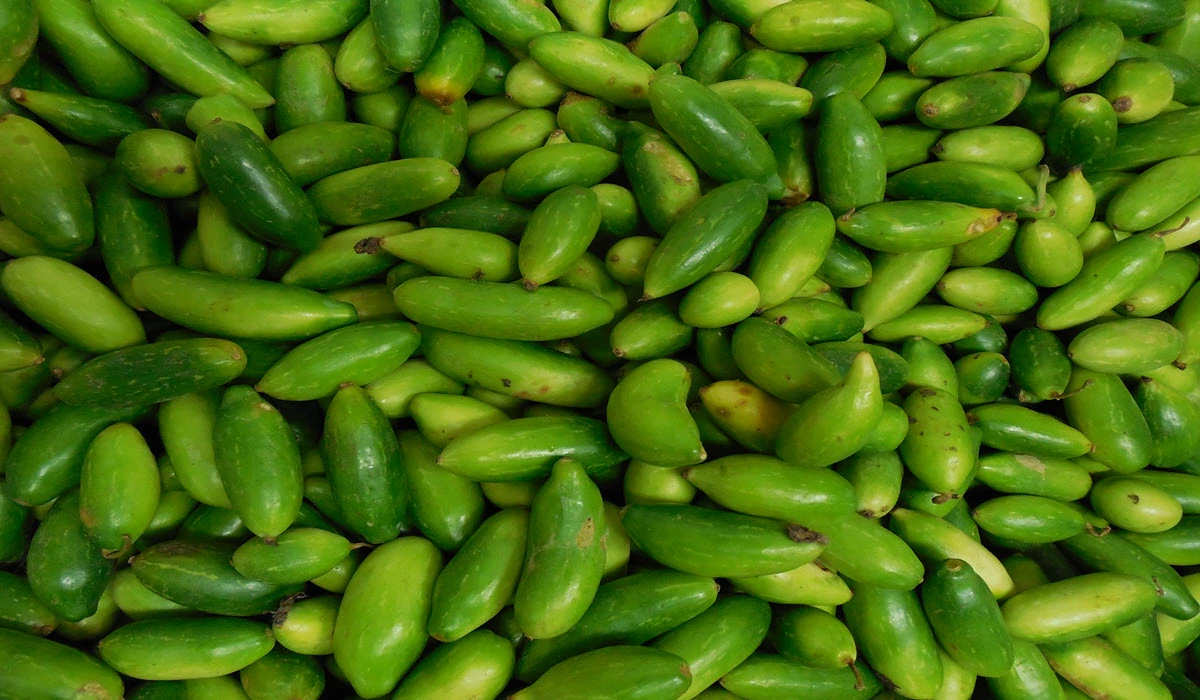
Lowers Blood Sugar Levels: Ivy gourd is rich in compounds that can help regulate blood sugar levels in the body. Studies have shown that consuming ivy gourd can help reduce fasting blood glucose levels and improve insulin sensitivity, making it an effective natural remedy for managing diabetes.
Supports Digestive Health: Ivy gourd is a rich source of dietary fiber, which can help promote regular bowel movements and prevent constipation. It also contains compounds that can help reduce inflammation and soothe the digestive tract, making it beneficial for individuals with digestive disorders such as irritable bowel syndrome (IBS).
Boosts Immunity: Ivy gourd is rich in antioxidants and other nutrients that can help boost the immune system. These compounds help protect the body from harmful free radicals and other toxins, reducing the risk of chronic diseases such as cancer, heart disease, and autoimmune disorders.

|
CHRYZTAL Stainless Steel Heavy Duty Gardening Tool SetGarden Tool Set, Stainless Steel Heavy Duty Gardening Tool Set, with Non-Slip Rubber Grip, Storage Tote Bag, Outdoor Hand Tools, Ideal Garden Tool Kit Gifts for Women and Men |
Promotes Weight Loss: Ivy gourd is low in calories and high in fiber, making it an ideal food for individuals looking to lose weight. The fiber content in ivy gourd helps keep you feeling full for longer, reducing the likelihood of overeating and snacking between meals.
Improves Skin Health: Ivy gourd is rich in vitamin C and other antioxidants that can help protect the skin from damage caused by free radicals and other environmental factors. It also contains compounds that can help reduce inflammation and soothe irritated skin, making it beneficial for individuals with skin conditions such as eczema and psoriasis.
Supports Liver Health: Ivy gourd contains compounds that can help support liver function and prevent damage caused by toxins and other harmful substances. It also helps improve liver enzymes, making it beneficial for individuals with liver disorders such as fatty liver disease and hepatitis.
These are all the Everything About Growing Ivy Gourd. Growing ivy gourd is a rewarding experience that can provide you with a delicious and nutritious fruit. By following these simple steps, you can enjoy a bountiful harvest of this versatile plant.

